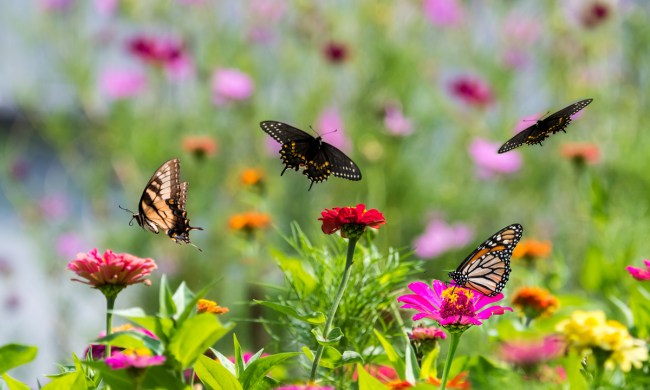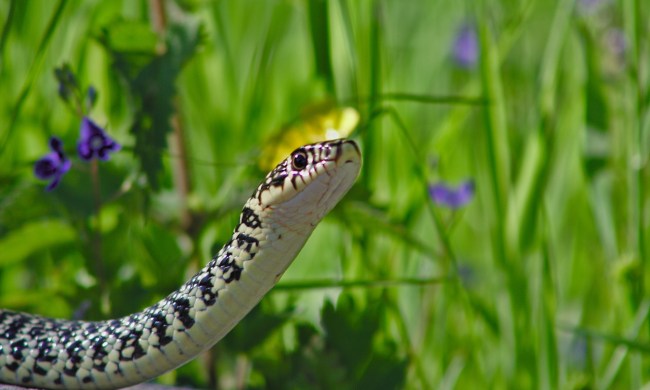Indoor herb gardens are useful and delightful, but what should you do if your space is limited? Small spaces don't have to mean giving up on your gardening dreams — a thriving herb garden is still possible! It can be tricky to fit herbs into a small kitchen, but you can do it with proper planning. Here are a few tricks you can use to maximize your herb garden with minimal space.
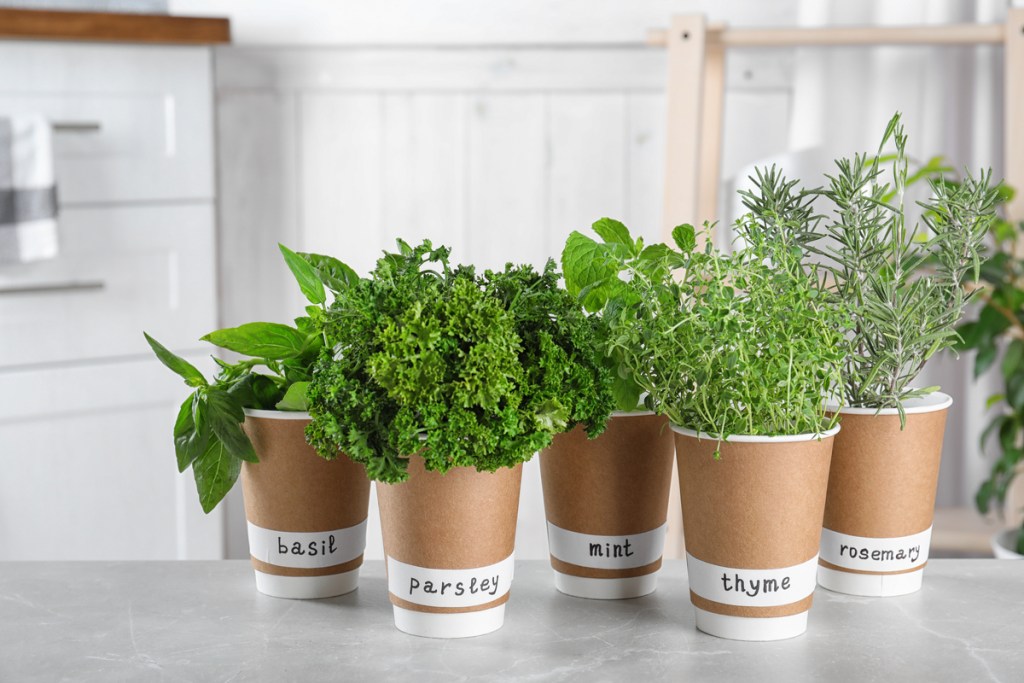
Choosing the right herbs
To start your herb garden off, you’ll need to pick your herbs carefully. Here’s what to consider:
Step 1: Choose herbs that stay small.
Larger herbs, such as sage, comfrey, and fennel take up a lot of space, limiting the number of herbs you can have.
Opt for smaller herbs, such as:
- Mint
- Chives
- Basil
- Lemongrass
- Thyme
- Chamomile
Step 2: Prioritize herbs that you use often, prefer fresh, and have difficulty finding in grocery stores over herbs you don’t use frequently or are readily available.
Step 3: Pick low-maintenance herbs.
Watering your herb garden, making sure all the plants are getting enough light, and fertilizing them can be a chore even when you have plenty of room. It doesn't get easier when you reduce the space, so start with herbs that don't need much attention.
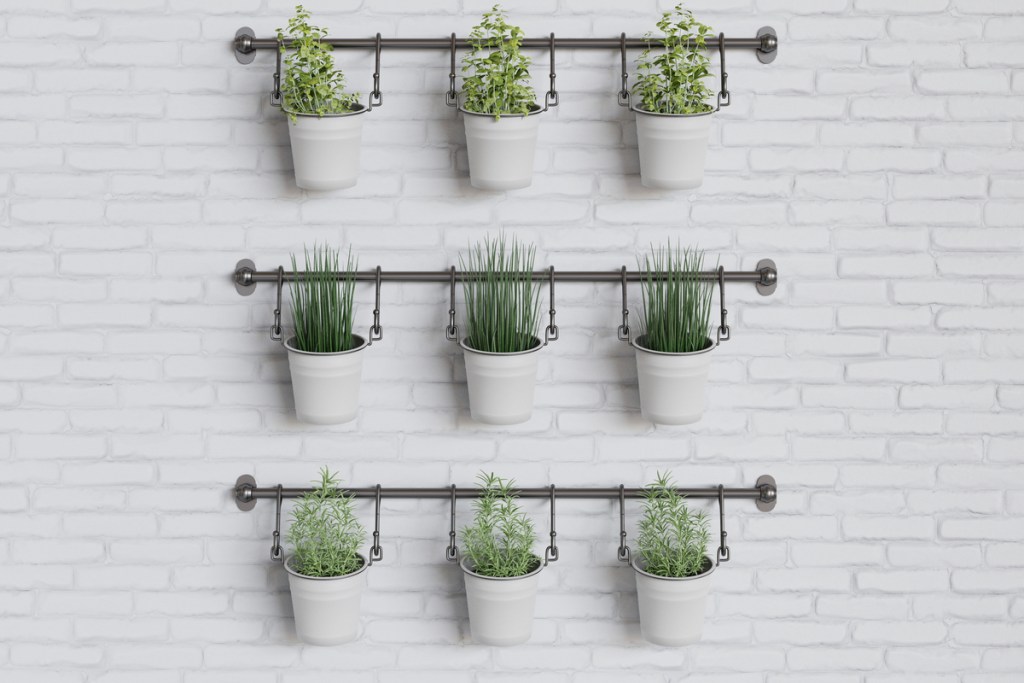
Using extra space
If your counter space is limited, then you’ll need somewhere else to place your herbs. Here are a few options:
Step 1: Use hooks to hang pots from the ceiling or walls.
If you’re living in an apartment or dorm, there may be rules about using nails on the walls. Stick-on hooks work just as well, and you can move them as necessary!
Step 2: Use tiered or layered hanging herb planters.
Planting your herbs in a shoe caddy, rows of plastic piping, or water bottles strung together may not be the first thing that comes to mind when you picture an herb garden, but it can be very convenient. You can hang these gardens flat against the wall anywhere you have a stretch of undecorated wall space.
Step 3: Use floor space.
If you’re prone to tripping, this option may not be right for you. However, if you have some free floor space in the corner of your kitchen, you can put a few extra herbs there. Remember, they may not get as much light there, so choose shade-loving herbs for floor space, such as thyme and mint.
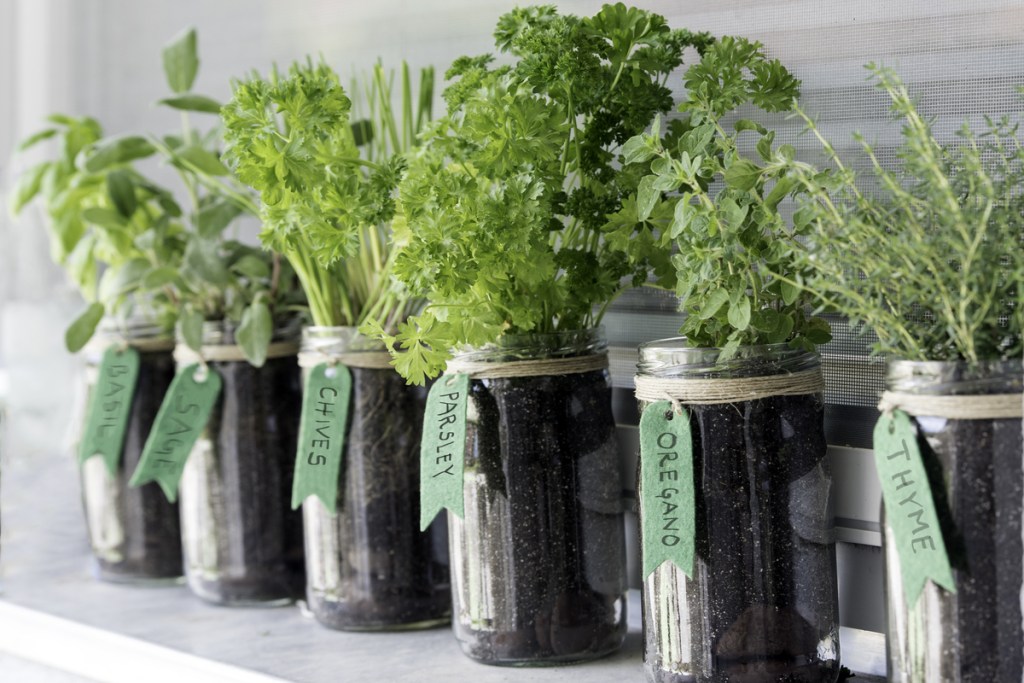
Conserving space with containers
If the containers themselves are taking up too much space, here's what to do:
Step 1: Grow plants in mason jars.
Mason jar herb gardens are cute, but they're also functional. Mason jars fit easily next to each other and don't take up much room, so you can have a short row of jars instead of a cluster of larger pots.
Step 2: Take advantage of companion planting.
Mint should be left on its own, but chamomile, basil, lemongrass, thyme, and chives are all good companion plants.
Step 3: Use tiered or vertical planters.
These often resemble small shelves and come in a wide range of sizes. Similar to hanging gardens, these let you use more vertical space while conserving floor or counter space. Unlike hanging gardens, you don't need to worry about adding hooks or the possibility of your garden falling.
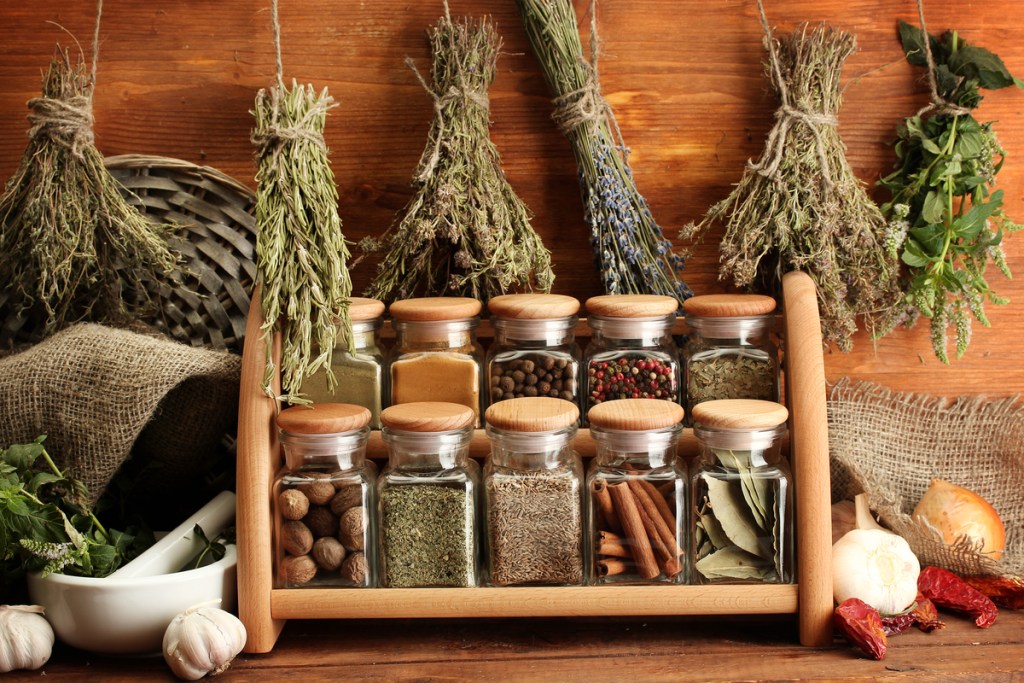
Harvesting and storing your herbs
You can use all your herbs fresh by harvesting only what you need right when you need it. When it comes to storing leaves, some herbs need to be dried, while others can be kept fresh for longer. Here's what you need to know:
Step 1: Pick stems or leaves by hand or clip them off the plant with scissors.
Step 2: Use tender-leaf herbs immediately.
This includes basil and mint. Tender leaf herbs are softer and less woody. They have a higher moisture content, which means they are prone to mold and rot if they aren't used fresh or dried immediately.
Step 3: Dry tender-leaf herbs by hanging them upside down in a warm, dry, dark place.
This process can take two to three weeks.
Step 4: Store dried herbs in airtight containers.
Step 5: Wrap the stems of woody herbs in a damp paper towel.
Woody herbs include rosemary, thyme, and lavender.
Step 6: Place the wrapped herbs in a container and store them in the refrigerator.
Step 7: Place herbs of either type in a jar or cup with just enough water to cover their stems, but not enough to touch their leaves.
This extends the shelf life of herbs the same way it keeps cut flowers fresh. However, they'll still need to be used quickly or moved to a more long-term storage method within a week or two.
Now you’re prepared to start your indoor herb garden, no matter how small your house or space. With careful planning, you can craft a thriving herb garden to make all your meals delicious. Whether you grow your herbs through propagation, with a kit, or the old-fashioned way, these tips will help you get started. You can even take your herb garden with you when and if you move. You can use your small indoor herb garden as a jumping-off point for a full-sized traditional garden one day.


